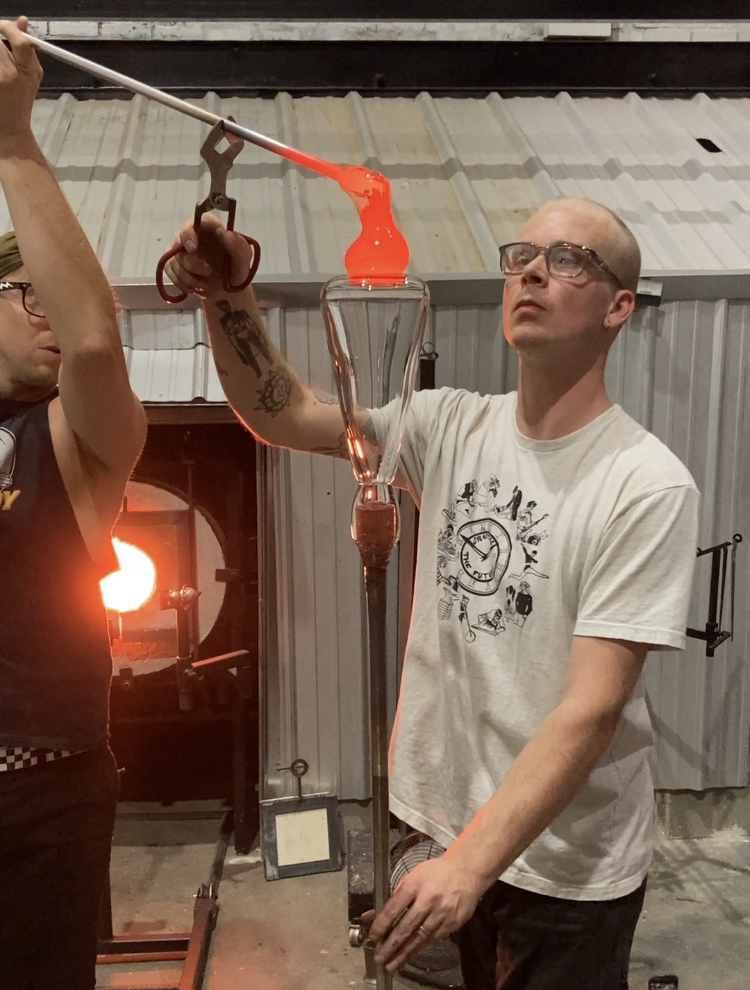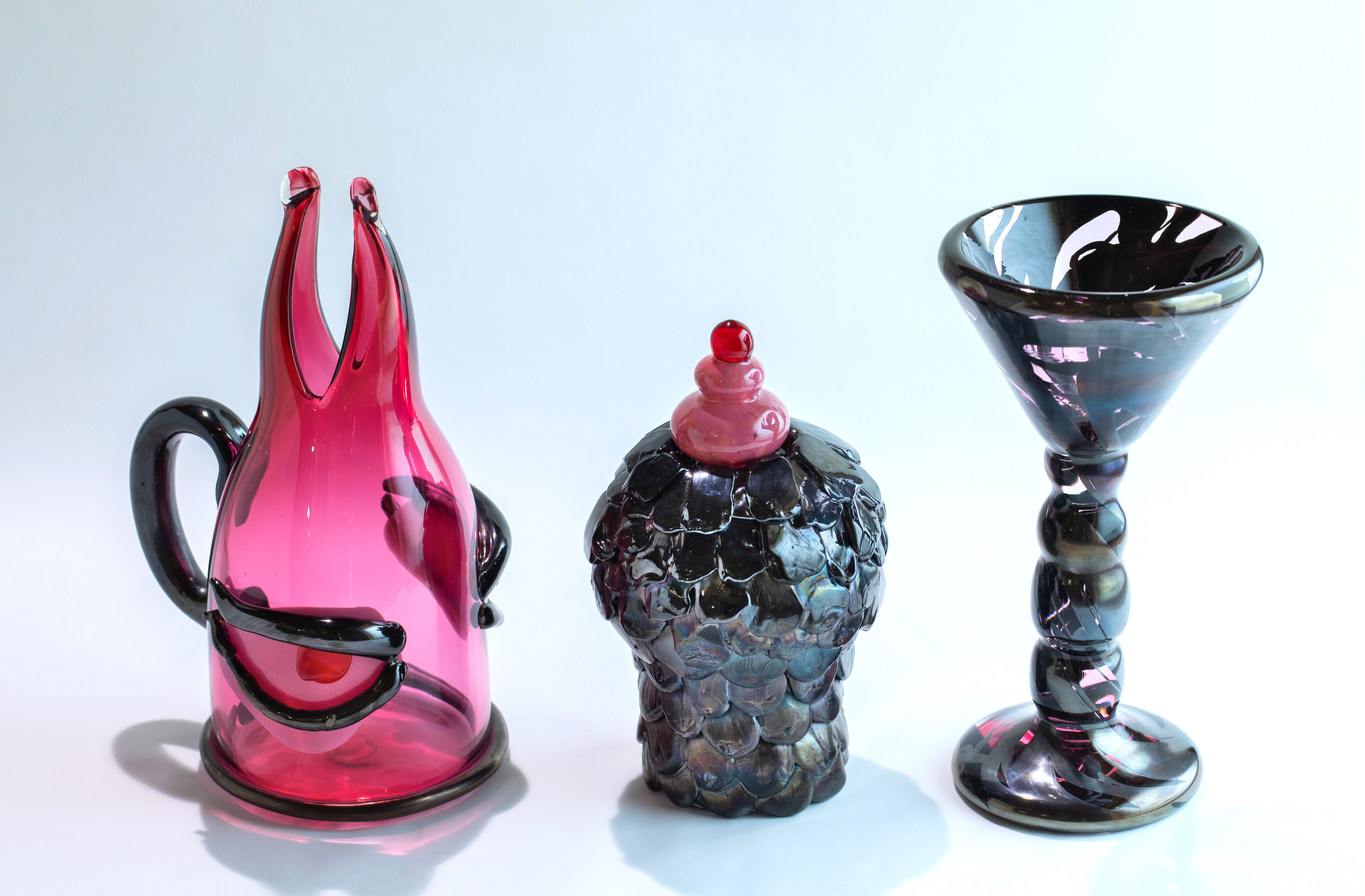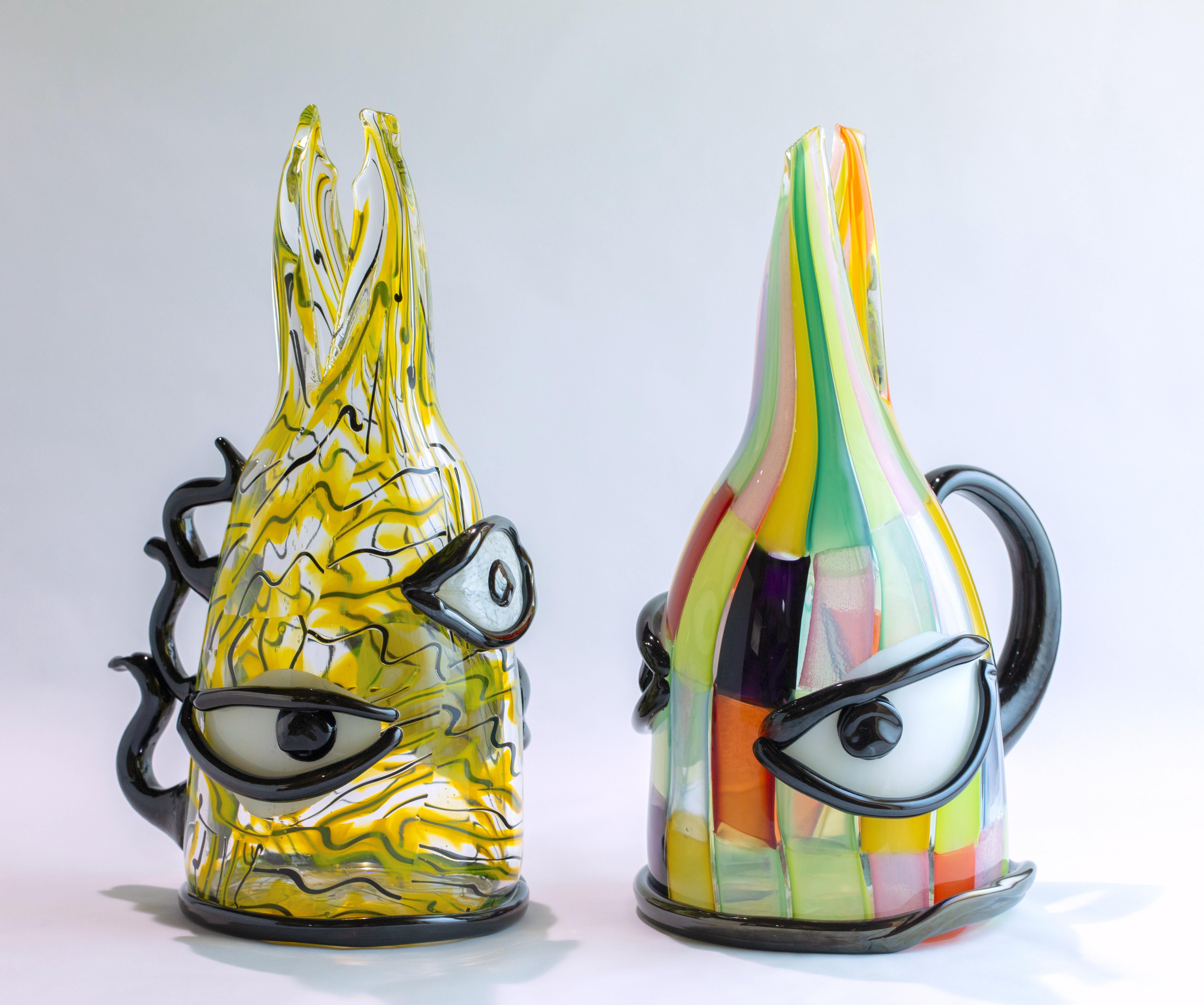about

Recent Work




Biography & Artist Statement
Born and raised in Kentucky, I am a glassblower currently based in Okinawa, Japan, where I am honing my craft as a production gaffer at Ryukyu Glass Works Umikaze, a fast-paced Okinawa glass factory.
I first started glassblowing in 2008 under the mentorship of Ché Rhodes at the University of Louisville's Hite Art Institute. After earning my Bachelor of Fine Arts focusing in Glass in 2011, I moved to Ohio for graduate school at Bowling Green State University, earning a Master of Fine Arts in Glassmaking in 2014. My next move was to Baltimore, Maryland where I began working at Corradetti Glassblowing Studio as an instructor and gaffer, from 2016 to 2023.
I have also taught university glassblowing classes at BGSU (2013-2015) as Adjunct Instructor, and at U of L (2020) as Assistant Professor. Outside of the university, I have worked as an assistant to many glassblowers, and have attended craft school workshops to study with artists Dante Marioni, Yoshihiko Takahashi, and Boyd Sugiki and Lisa Zerkowitz.
My work has been shown across the United States and Japan in recent exhibitions including the the two-person exhibition titled Heat Rash, part of the 2022 Emerge Baltimore Series at Bromo-Seltzer Arts Tower (MD); Achikoko Fu~Fu~, a two-person show with my wife at MB Gallery (JPN) in 2024, followed by my first solo exhibition, Divine Comedy 神曲, at Honno Park Gallery (JPN); and the 76th Annual Okiten, Okinawa’s largest comprehensive art exhibition of 2025 (JPN).
As an object maker, I enjoy the alienness of a form existing between sculpture and function. As a glassblower, I value being able to make a variety of forms, the challenge of practicing traditions, and the thrill of making new things. Using almost exclusively hot processes, I look at both historical and contemporary references to reinterpret forms with with boxy refinement and harsh technique. Glass can shift into many different shapes and appearances, and my work is a continuous pursuit of the medium’s expressive and impractical potential.


︎ ︎